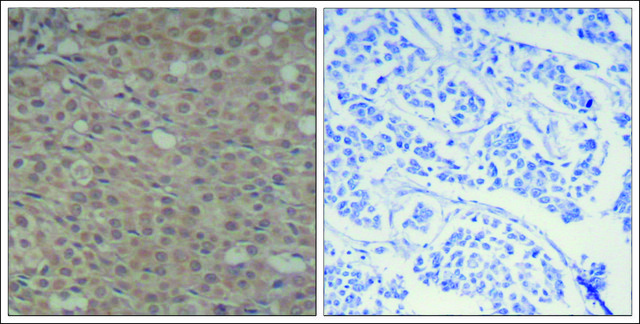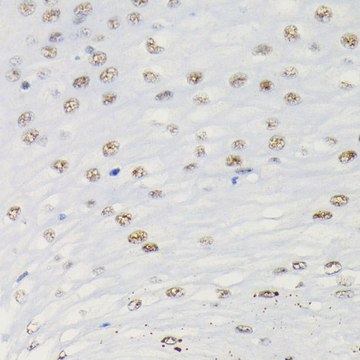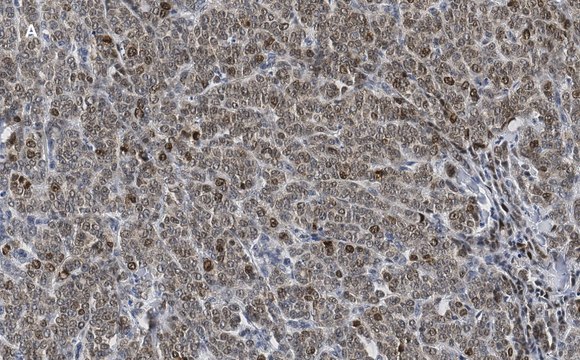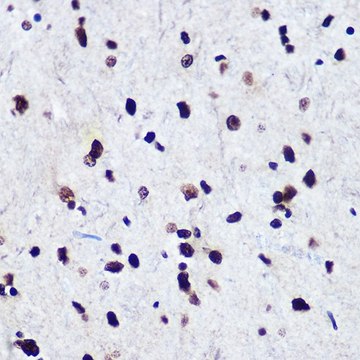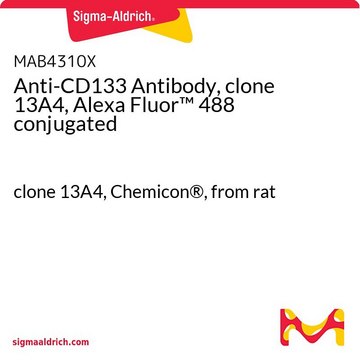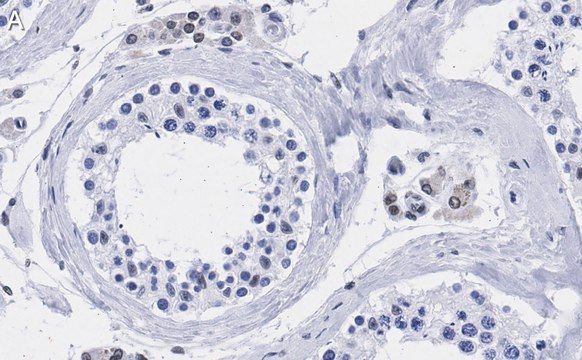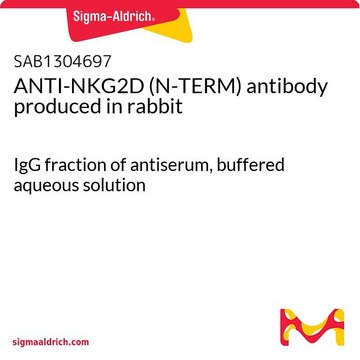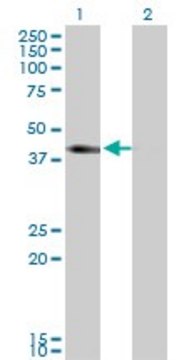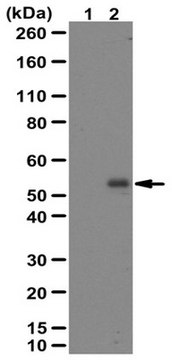07-1389
Anti-phospho-Smad3 (Ser423/425) Antibody
from rabbit
Synonym(s):
MAD, mothers against decapentaplegic homolog 3, MAD, mothers against decapentaplegic homolog 3 (Drosophila), Mothers against DPP homolog 3 , SMA- and MAD-related protein 3, SMAD 3 , SMAD family member 3, SMAD, mothers against DPP homolog 3, SMAD, mothers
About This Item
Recommended Products
biological source
rabbit
Quality Level
antibody form
unpurified
antibody product type
primary antibodies
clone
polyclonal
species reactivity
mouse, mink
species reactivity (predicted by homology)
human, rat
technique(s)
western blot: suitable
NCBI accession no.
UniProt accession no.
shipped in
wet ice
target post-translational modification
phosphorylation (pSer423/pSer425)
Gene Information
human ... SMAD3(4088)
General description
Specificity
Immunogen
Application
Signaling
Quality
Western Blot Analysis: 1:1,000 dilution of this antibody was used to detect Smad3 in UV-treated AKR-2B cell lysate.
Target description
Physical form
Storage and Stability
Handling Recommendations: Upon receipt, and prior to removing the cap, centrifuge the vial and gently mix the solution.
Disclaimer
Not finding the right product?
Try our Product Selector Tool.
Storage Class Code
10 - Combustible liquids
WGK
WGK 1
Certificates of Analysis (COA)
Search for Certificates of Analysis (COA) by entering the products Lot/Batch Number. Lot and Batch Numbers can be found on a product’s label following the words ‘Lot’ or ‘Batch’.
Already Own This Product?
Find documentation for the products that you have recently purchased in the Document Library.
Our team of scientists has experience in all areas of research including Life Science, Material Science, Chemical Synthesis, Chromatography, Analytical and many others.
Contact Technical Service